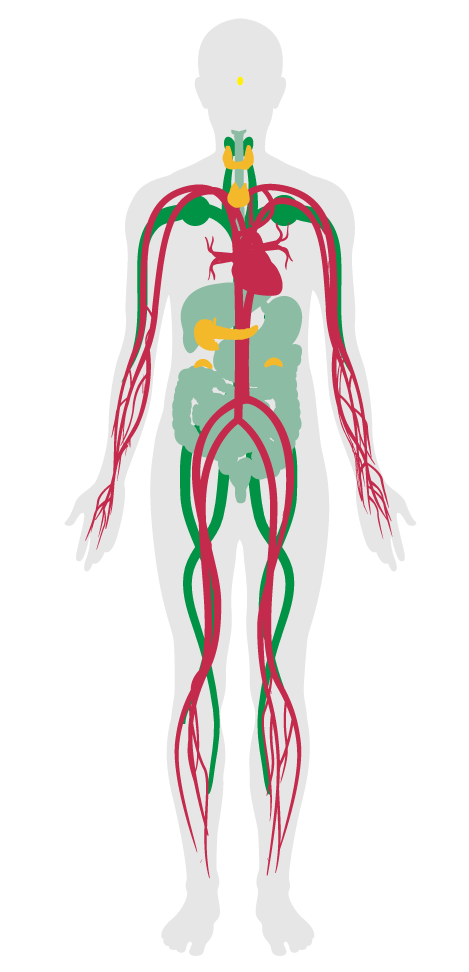Serving sizes
Features/Nourishment/Feature 47
- 38 Fruits and vegetables
- 39 Processed foods
- 40 Food allergies
- 41 Hand washing
- 42 Food contamination
- 43 Artificial ingredients
- 44 Nutritional information
- 45 Food advertising
- 46 Safe food preparation materials
- 47 Serving sizes
- 48 Special diets
- 49 Responsible food production
- 50 Food storage
- 51 Food production
- 52 Mindful eating
- P1 Food environment
- P7 Strategic Dining Design
Serving sizes
Intent:
To reduce unintended overconsumption and encourage portion control.
BACKGROUND
Excess caloric intake, especially through easy access to oversized meal options, can lead to excess weight gain and obesity. Some studies show that individuals will serve and eat more food when provided with larger plates and bowls compared to smaller ones. In addition, larger portions of energy-dense foods also promote overconsumption. Therefore, reducing the size and caloric content of meals can reduce the likelihood of unintended overeating, thereby encouraging healthier eating habits.
If food is sold or provided on a daily basis by (or under contract with) the project owner and is prepared to order, the following is available and listed on the menu for at least half of all available main course options:
a.58
A version or portion of the main course that is 650 kcal [650 Cal] or less and at a lower cost compared to the larger, regular version.
If food is sold or provided on a daily basis on the premises by (or under contract with) the project owner, is self-serve, and requires the use of serving plate, bowl, or cup, each of the following is met (as applicable):
a.
Circular plates: the diameter of a plate is no larger than 25 cm [10 in].
b.
Non-circular plates: the total surface area of a plate does not exceed 507 cm² [79 in²].
c.
Bowls are no larger than 473 mL [16 oz].
d.
Cups are no larger than 473 mL [16 oz].

